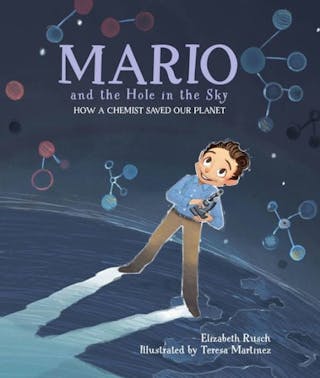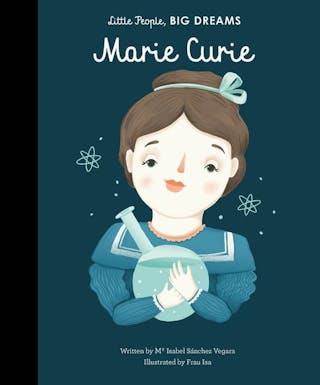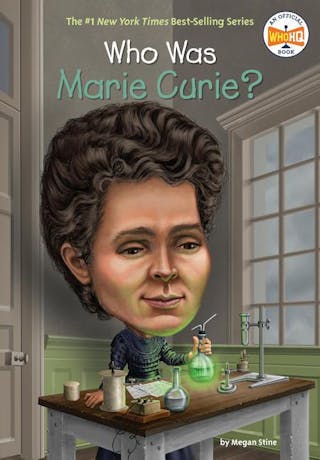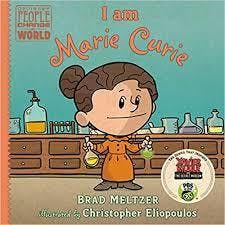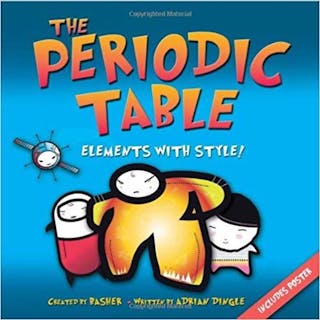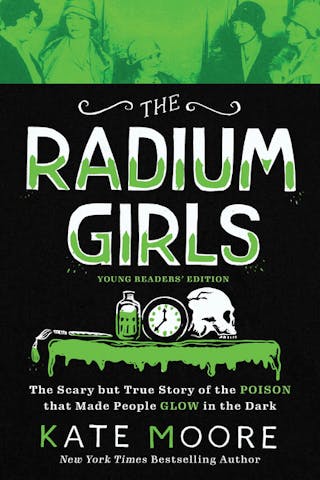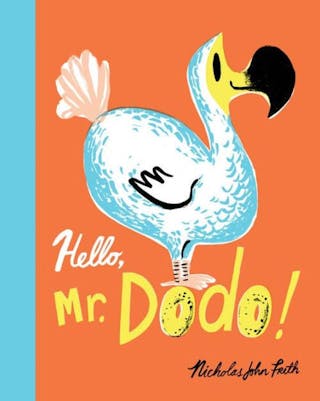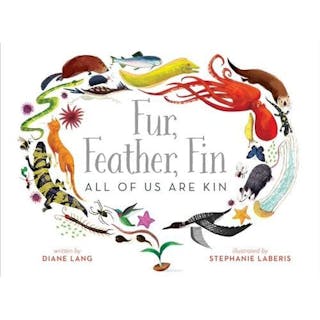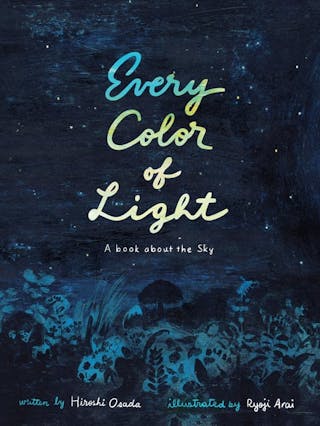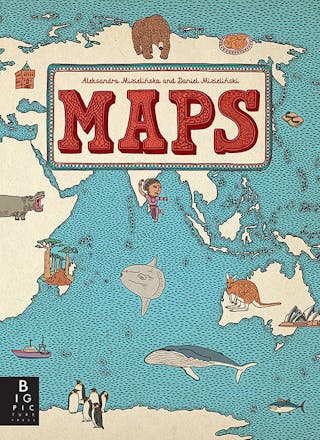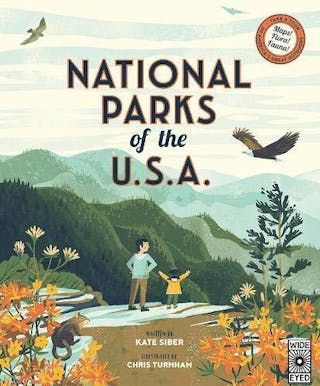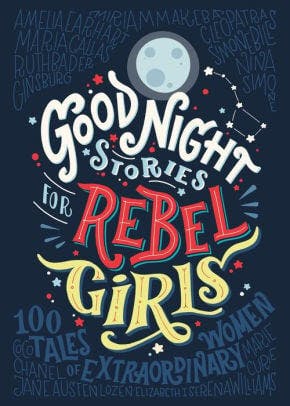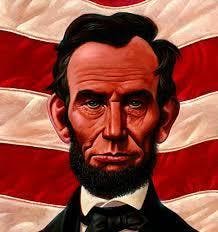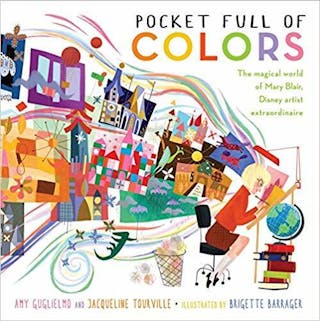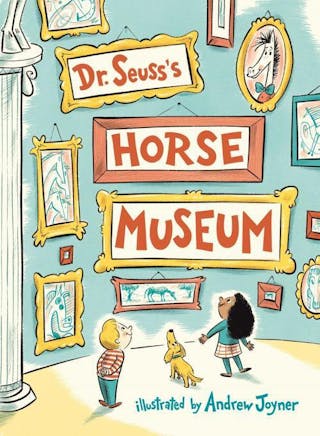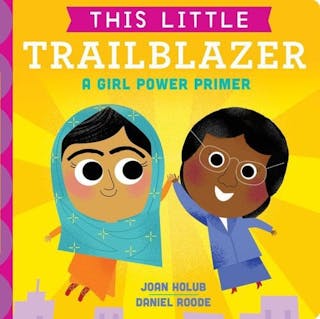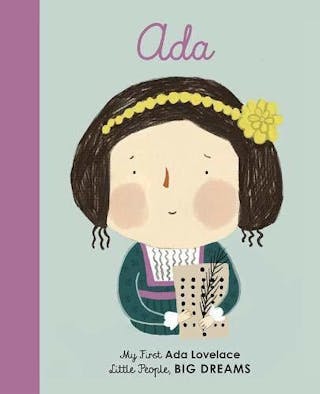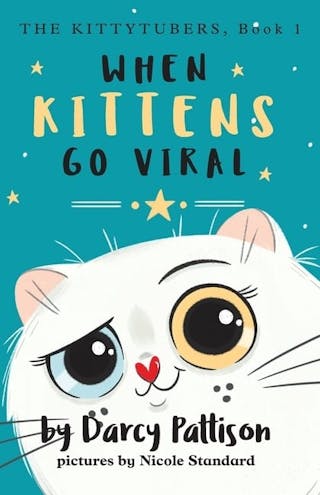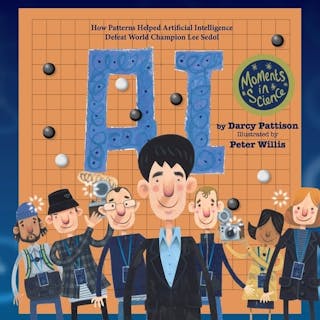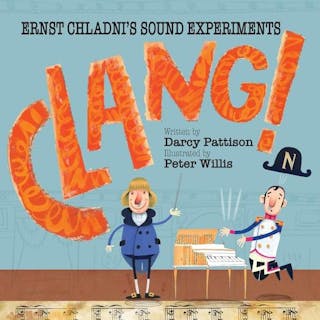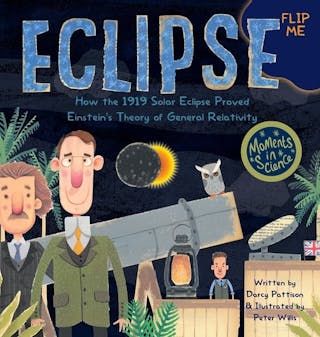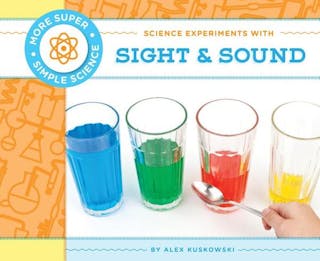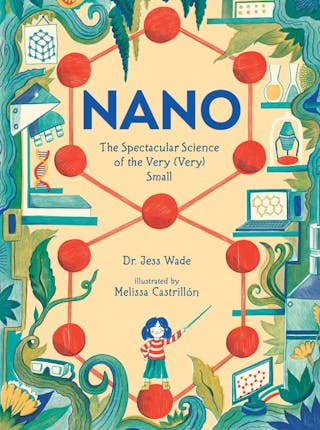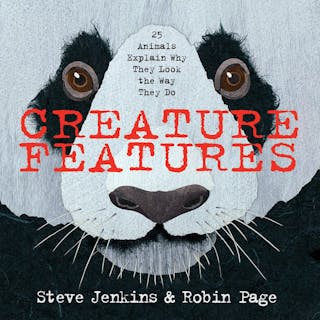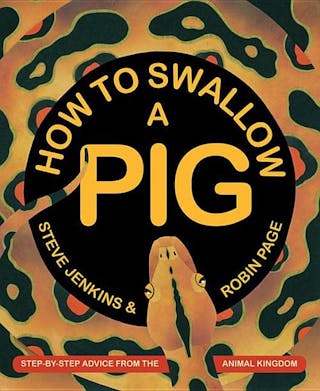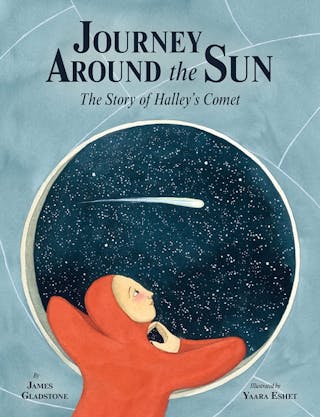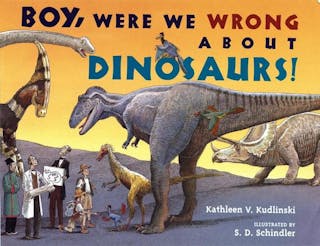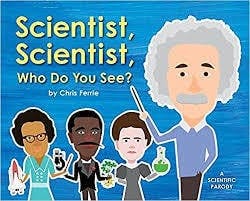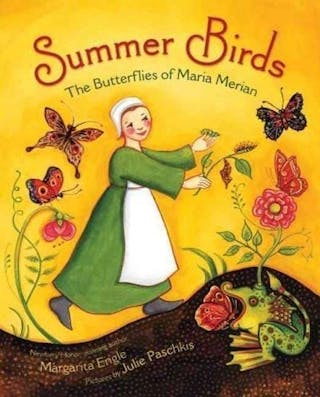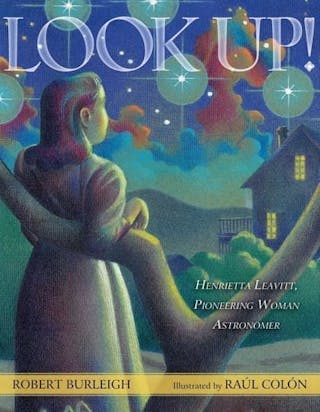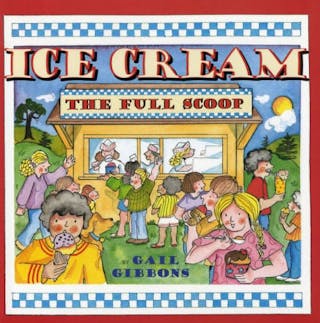
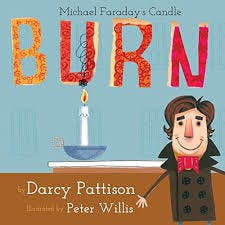
Burn: Michael Faraday's Candle
What's This Book About
What makes a candle burn? Solid wax is somehow changed into light and heat. But how? Travel back in time to December 28, 1848 in London, England to one of the most famous juvenile science Christmas lectures at the Royal Institution. British scientist Michael Faraday encouraged kids to carefully observe a candle and to try to figure out how it burned. Since Faraday’s lecture, “The Chemical History of a Candle,” was published in 1861, it’s never been out of print. Faraday originally gave seven lectures on how a candle burns. Pattison has adapted the first 6000-word lecture to about 650 words for modern elementary students. Known as one of the best science experimenters ever, Faraday’s passion was always to answer the basic questions of science: “What is the cause? Why does it occur?”
What Kind of Book is Burn: Michael Faraday's Candle
Reviews
Book Lists That Include This Book
The Creatives Behind the Book
What Has Darcy Pattison Said About This Book
Nothing yet! Let Darcy Pattison know that you want to hear from them about their book.
What Has Michael Faraday Said About This Book
Nothing yet! Let Michael Faraday know that you want to hear from them about their book.
What Has Peter Willis Said About This Book
Nothing yet! Let Peter Willis know that you want to hear from them about their book.
More Books From These Creatives
Other Books You Might Enjoy If You Liked This Book
Book Details
- ISBN
- 9781629440453
- Publication Date
- June 29, 2016
- Publisher
- Mims House
- Page Count
- 32
- Audience
- Picture
- Reading Age
- 6 - 12 years
Contribute to this page
Are you the author or illustrator? Claim your book.
